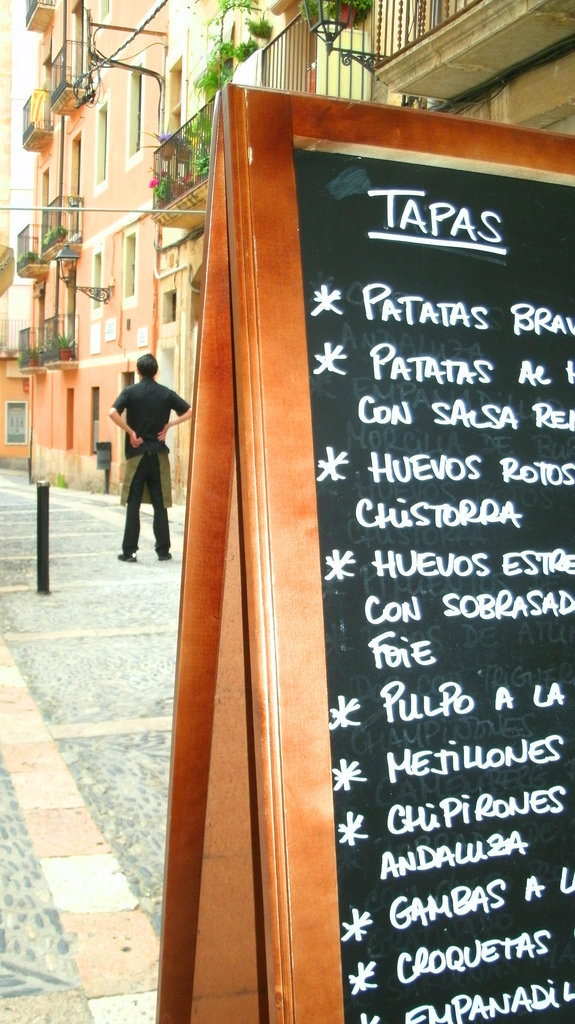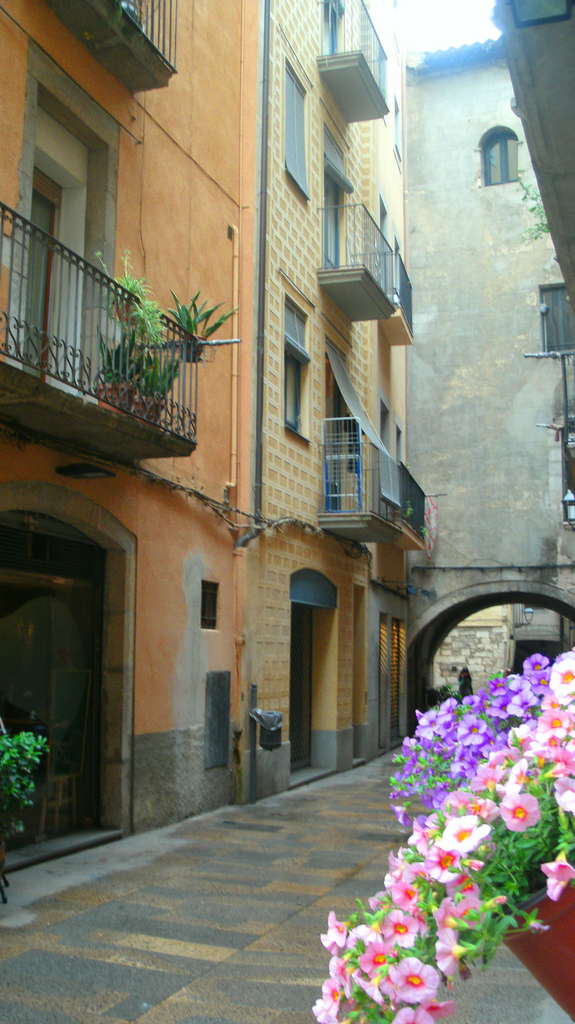January Europe and Islam – City Information
You have the great fortune of visiting some of the oldest and most historically rich cities in the entire world on this trip! We’ve included a brief preview of some of the things you can look forward to in each location:
France
Paris – One of the world’s most popular tourist destinations. You’ll fall in love with Parisian culture, food, landmarks, museums and city life.
Paris is the capital and largest city of France. It is situated on the river Seine, in northern France, at the heart of the Île-de-France region. The city of Paris, within its administrative limits (the 20 arrondissements) is largely unchanged since 1860 and is one of the most populated metropolitan areas in Europe. Today Paris is one of the world’s leading business and cultural centers, and its influences in politics, education, entertainment, media, fashion, science, and the arts all contribute to its status as one of the world’s major global cities. Paris is considered one of the greenest and most livable cities in Europe. Our hotel is located in the 4th arrondissement in the Marais.
Aix-en-Provence – Known for its picturesque scenery and ancient past, Aix is a beautiful mountainous region also known for its relaxing environment, filled with both natural and man-made historical beauty.
Aix-en-Provence is located in the southern region of France. While the city offers access to traditional French culture in an intimate setting, it is still able to maintain the charm and elegance of a large metropolis. The quaint town is known for the beloved painter, Paul Cézanne, who painted the surrounding rolling landscape. Local excursions during both semester and summer programs provide students with an enhanced awareness of Provençal culture while giving them a unique and unparalleled French experience. This region gained much attention in 2013 as Marseille, Aix’s neighbor and France’s second largest city, was named the 2013 European Capital of Culture.
Marseille – This seaport city offers an awesome blend of French tradition and modern culture. Enjoy the lively waterfront, small artisan communities and French delicacies. This area has a little of everything: beautiful beaches, leisure, food, shopping and art!
Morocco
Marrakesh – The fourth largest city in the country, this ancient city is known for its diverse and rich culture. Enjoy ‘Souk’ shopping, outdoor bazaar-style shops, where you can find all kinds of exotic and valuable items.
Marrakesh has always been something of a pleasure city, a marketplace where the southern tribesmen and Berber villagers bring in their goods, spend their money and find entertainment. At the heart of it all is a square, Djemaa el Fna, really no more than an open space in the centre of the city – but the stage for a long-established ritual in which shifting circles of onlookers gather round groups of acrobats, drummers, pipe musicians, dancers, storytellers, comedians and fairground acts. The city’s architectural attractions are also impressive: the immense, still basins of the Agdal and Menara gardens; the delicate Granada-style carving of the Saadian Tombs; and, above all, the Koutoubia Minaret, the most perfect Islamic monument in North Africa. Like all Moroccan cities, Marrakesh is a town of two halves: the ancient walled Medina, founded by Sultan Youssef Ben Tachfine in the Middle Ages, and the colonial Ville Nouvelle, built by the French in the mid- twentieth century. Each has its own delights – the Medina with its ancient palaces and mansions, labyrinthine souks and deeply traditional way of life; and the Ville Nouvelle with its pavement cafés, trendy boutiques, gardens and boulevards.
Casablanca – The largest city in Morocco, this beautiful city is known as the industrial and economic heart of the country. It also boasts incredible historical sites as well as a very dynamic and progressive nightlife (especially compared to the rest of the country).
Rabat – This large coastal city has beautiful historical sites and is also Morocco’s political and administrative capital. There’s plenty to do in this diverse city: from surfing/kayaking, visiting museums, shopping, to horseback riding – Rabat has it all!
Rabat is located on the Atlantic coast in the north-west of Morocco and is the product of a fertile exchange between the Arabo-Muslim past and Western modernism. The inscribed city encompasses the new town conceived and built under the French Protectorate from 1912 to the 1930s, including royal and administrative areas, residential and commercial developments and the Jardins d’Essais botanical and pleasure gardens. It also encompasses older parts of the city dating back to the 12th century. The new town is one of the largest and most ambitious modern urban projects built in Africa in the 20th century and probably the most complete. The older parts include Hassan Mosque (begun in 1184) and the Almohad ramparts and gates, the only surviving parts of the project for a great capital city of the Almohad caliphate as well as remains from the Moorish, or Andalusian, principality of the 17th century.
Spain
Algeciras – This beautiful port city in the South of Spain is the largest city on the Bay of Gibraltar. It is also the home of one of the largest ports in Europe. This small city of 100,000 is home to rich Spanish history and culture, sporting events, and gorgeous natural scenery.
Gibraltar – This amazing British overseas territory is located in the southern end of the Iberian Peninsula. The world-famous landmark boasts many local attractions, including visits to the Moorish Castle, St. Michael’s Cave, Great Siege Tunnels and Europa Point. Gibraltar is a once-in-a-lifetime experience!
Seville – As the capital of Andalusia, this large metropolitan center has stunning palatial beauty, as well as old-world Spanish charm.
Seville rolls together everything that’s quintessentially Andalucian. Here in the region’s capital and biggest city, that special Andalucian way of life is distilled into its purest and most intense form. Seville has the the best tapas bars, the best nightlife and the most stylish people in Andalucía. It has more narrow, winding, medieval lanes and romantic, hidden plazas soaked in the scent of orange blossom than half of Andalucía’s other cities put together. It’s the home of those two bulwarks of Andalucian tradition, flamenco and bullfighting, and its heritage of art and architecture (Roman, Islamic, Gothic, Renaissance, baroque) is without rival in southern Spain.
Granada is located near the southern tip of Spain, on the hills at the foot of the Sierra Nevada mountain range. An important city during the period of Umayyad rule (756-1031 AD) and under the Almohad and Almoravid dynasties of the twelfth and thirteenth-centuries, Granada is most famous for the palaces within the palatine city of the Alhambra. Founded by Muhammad ibn Yusuf ibn Nasr, who escaped to Granada after the Castilian conquest of his native Zaragoza, Granada was the capital of the Nasrid Sultanate, and as such became the last Islamic kingdom of the Iberian Peninsula following the Castilian conquest of al-Andalus in the thirteenth-century. The medieval city was composed of separate quarters, each with its own mosques and baths. Granada’s suburbs developed along the banks of the Darro River, on the plain and hills below the Alhambra. The government functions of the Nasrid rulers were concentrated in the Alhambra, while commercial, religious, and civic institutions were concentrated in Granada proper. The Albaicín, a walled suburb on the hill opposite that of the Alhambra, is the best-preserved section of the medieval city, but retains only a fraction of the mosques and celebrated courtyard houses that once existed there.
Turkey
Istanbul is one of the truly great romantic cities, straddling the Bosphorus with its skyline studded with domes and minarets. Today it hums as Turkey’s cultural heart and good-time capital. Its history tracks back from Byzantium to Constantinople to its place at the head of the Ottoman Empire. In this city you can walk the streets where crusaders and janissaries once marched; admire mosques that are the most sublime architectural expressions of Islamic piety; peer into the sultan’s harem; and hunt for bargains in the Grand Bazaar. Side by side with Old Istanbul you’ll find hip bars and clubs, flashy executives, malls and haute cuisine. All this history, hustle and bustle coexists around the spine of the Bosphorus, a constantly busy, heaving mass, dotted with ships and ferries, which provides the link between Europe and Asia. There is a rich arts culture – opera, music and cinema – which nods its head to the Ottoman and Byzantine ways while taking cues from Europe. Istanbul has architecture, art, nightlife, cuisine, history, religion, and shopping at prices which are among the lowest in Europe.







